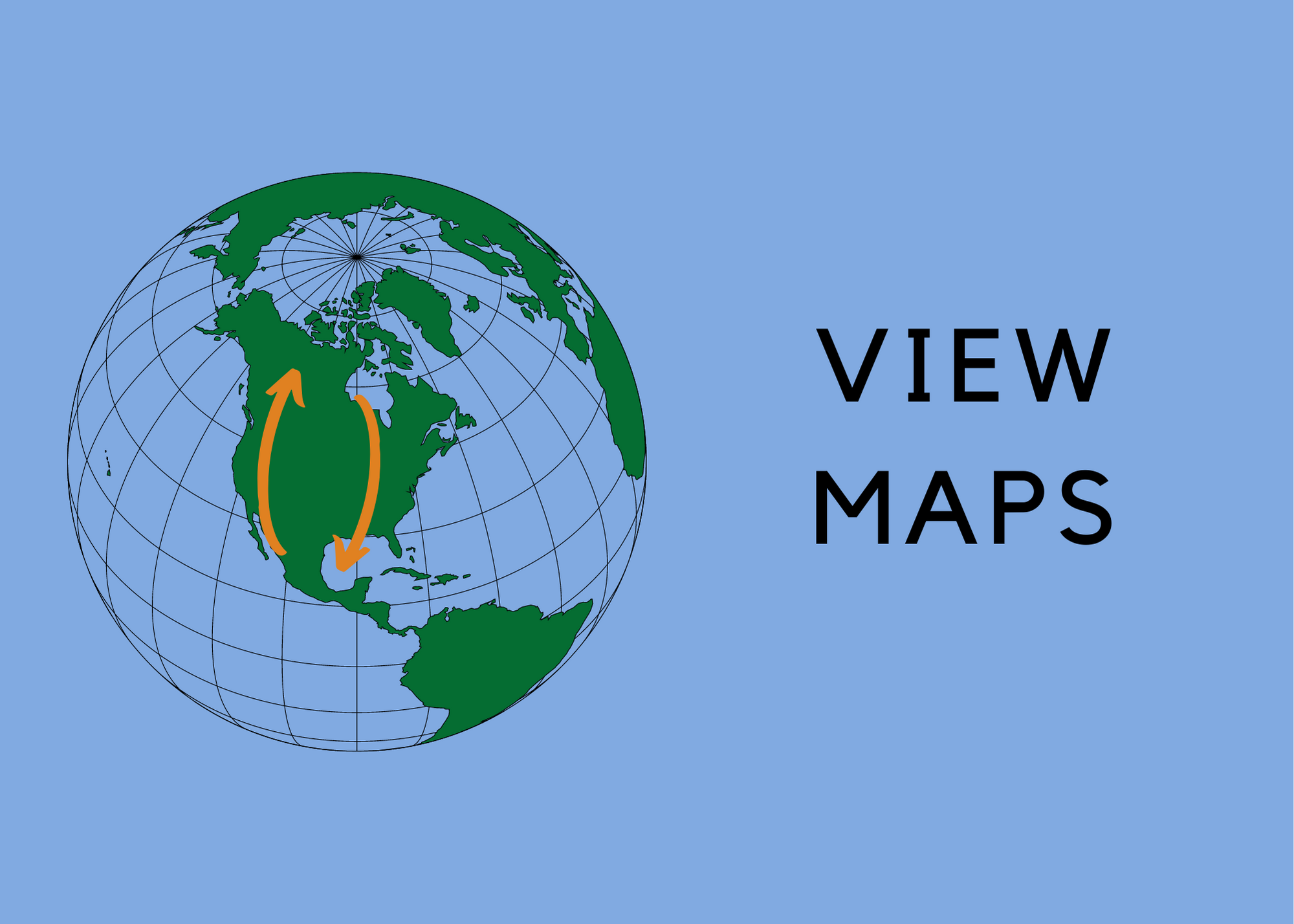Surviving Warmer Temps in Mexico
Hear from Estela Romero on how monarchs are faring in Mexico. And if you live in the Southeastern U.S., keep reporting winter monarch sightings to Journey North.
Eastern Monarch Population
Monitor Overwintering Monarchs in Southeastern U.S.
If you live in the Gulf states of Texas, Louisiana, Mississippi, Alabama, and Florida as well as Georgia, South Carolina and North Carolina, please continue to report monarch observations. We want to hear from you. Learn more about how to participate»
Observations from Florida continue to be submitted to Journey North.
Debbie in Destin, FL observed a monarch "...on top of outside shower door. Moving slow. A little chilly today 53 degrees." (01/21/2023)
Larry in Bay St Louis, MS: "I spotted the husk of a chrysalis this morning and found this adult on the ground nearby. It is from one of 8 chrysalises that formed in mid to late December. The deep freeze around Christmas seems to have damaged the others as this is the only one to survive. The weather has been in mid 70s recently and is near 60 today. Seems to be completely formed, but sluggish due to cool morning temps and overcast skies." (01/21/2023)
Letter From Estela Romero: Warmer Than Usual Temperatures Persist
Read the English version of Estela Romero’s letter»
From Our YouTube Channel-Catch Estela Romero’s Latest Footage
Monarchs of the Caribbean
For those of us struggling through cold winter weather in northern regions of North America, you might like to take a look at the Journey North maps to find out where monarchs have been observed in the Caribbean.
Heather in Bonaire: I didn’t get a chance to take photos. Temperature in Bonaire was about 80F, sunny and windy. They are experiencing a wetter than normal climate so there were many flowers except for cacti..." (01/19/2023)
Heidi in Mannings, Saint George Gingerland Parish: "...observed one adult in flight.." (01/22/2023)
Western Monarch Population
Where are monarchs now in the southwestern regions of the U.S.? Please let us know if you are seeing monarch adults, eggs and/or larvae.
Thank you for your observations!





